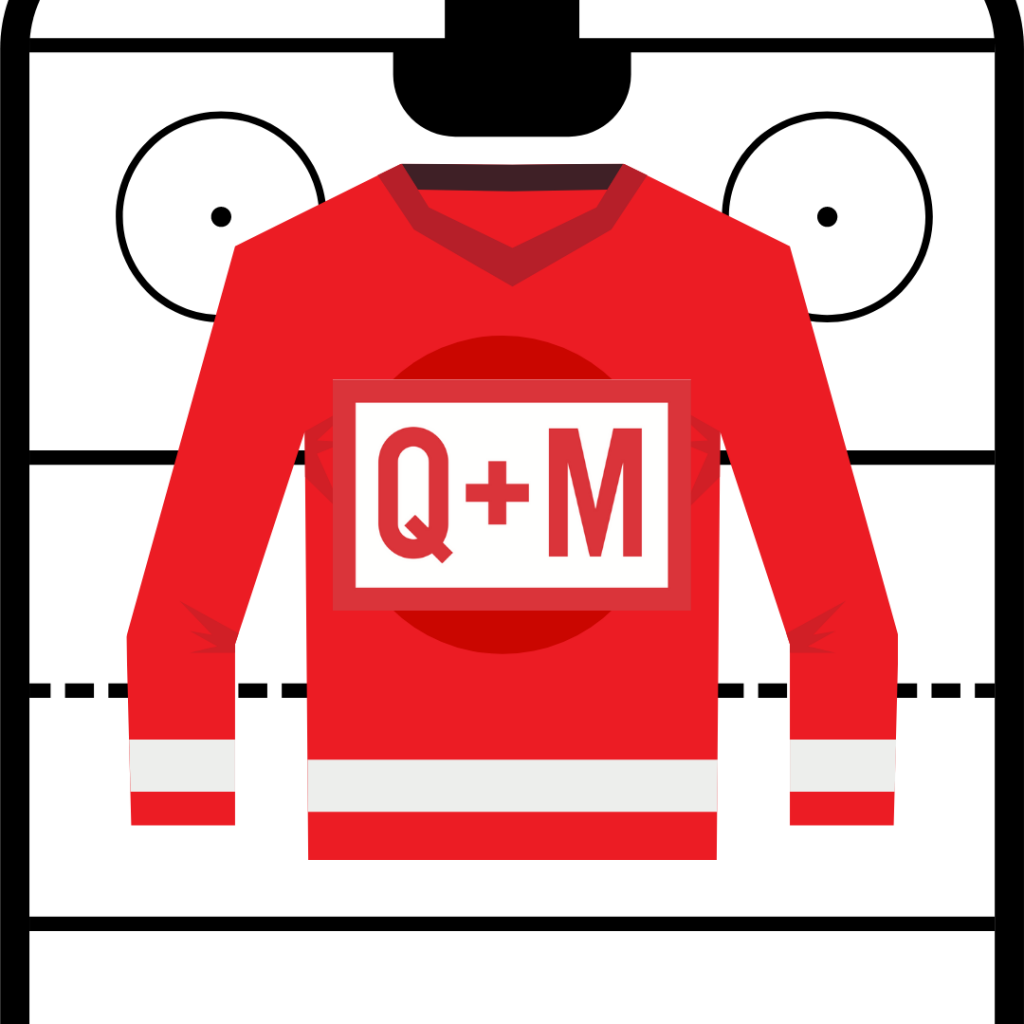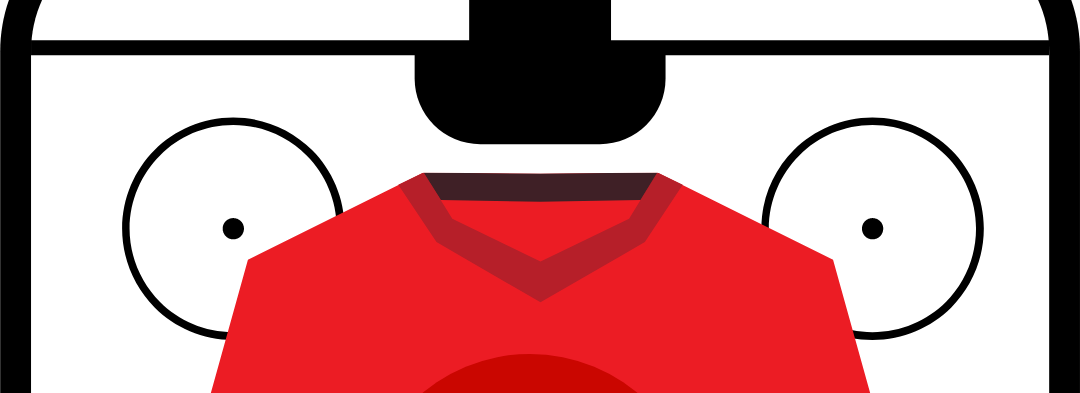Branding can sometimes feel vague or murky. We speak with clients all the time who understand the value of branding but sometimes struggle to describe what it looks like in practice. For that, there’s a perfect example of what branding, and brand loyalty, looks like when it’s done right: professional sports.
Maybe the best way to think about brand loyalty is to think of it as brand identity. At every point in the process, and along with every factor that contributes to a strong fan base, the idea of identity is critical. Sports fans don’t see themselves as simply spectators. They see themselves as a part of something, whether they’re casual fans that check the results the day after a game or buy season tickets and listen to podcasts and talk shows about the team. They identify themselves as a part of something, and for marketers, it’s that feeling that builds success.
Hometown. Geography plays an important role in fan loyalty and most teams market accordingly. Detroit Lions fans are Lions fans because they’re from Detroit, or from Michigan, or identify with the team and, as a result, the city itself. The team often markets images of hard-hat wearing automotive workers, uses terms like ‘blue collar’, and often references the popular ‘Detroit vs Everyone’ mantra that’s grown in popularity. And when you’re in, you’re a member of the team’s newest motto, “One Pride”. That history and that verbiage speaks to the 719,000 workers in Michigan related to the auto industry and the hundreds of thousands of retired autoworkers, too.

Support local movements and brands that market based on their geographical identity have really grown well, even in a world where individuals and families are increasingly less likely to live their entire lives. Some, lifestyle brand M22, have gone so far as to create an entire company on the close connections locals have to a single road in Leelanau County, a desired connection that prods hundreds of thousands of tourists to buy t-shirts and bumper stickers every summer.
Tribe Mentality. For Lions fans, “One Pride” means inclusion, but also exclusion. One of the most basic, elemental human instincts is the tribal mentality. What makes us us can be multifaceted, but it also defines what makes them them. In a world with weakening community factors like religion, close-knit and long-term neighborhoods, and a more remote workforce, we’re constantly looking for something to belong to. Over a lifetime and across generations, being a Red Wings fan becomes an ingrained and even an innate aspect of identity.
Tradition. The Lions play on Thanksgiving Day. And we mean every Thanksgiving. They get a national audience in spite of a long history of being one of the least successful franchises in professional sports. They don’t often rise to the moment, either; they’re a combined 37-40-1 all-time on Turkey Day. But that has become a tradition, just as the tradition of being a Lions fan is a learned and treasured part of a fan’s identity. We watch the Lions on Sunday every week, often with the same foods and with the same people. Fans have built elements of ritual and superstition into how they watch, convinced that since they always wear their Barry Sanders jersey, they need to next week, too.
Traditions are often bigger than a single generation, too. In Michigan, perhaps the only bigger divide in households and marriages besides Michigan and Michigan State fans is the ingrained loyalty to General Motors and Ford. Families that haven’t had someone working at Ford in forty years often still drive Ford vehicles; it’s an example of identity being handed down and turning into a tradition, not unlike sports fans.
Nostalgia. Never underestimate just how powerful memories can be, or how imperfect, either. Mankind has always viewed the past through particularly rosy lenses, with glory days usually a good decade or so in the rearview mirror. Nostalgia is an important factor in professional sports, just like tradition. We go back to the ballpark to rekindle the magic of seeing the Detroit Tigers play the Minnesota Twins at Tiger Stadium with our dad at the precocious age of eight. We watch the Tigers on summer nights with our kids, just like we did with our grandparents, saving a bowl of ice cream for the middle of the third inning. Baseball is particularly successful in marketing ancient stadiums like Chicago’s Wrigley Field to fans as a sort of baseball pilgrimage, while that same feeling is embodied in pop culture through films like The Sandlot.
For brands, nostalgia doesn’t have to be linked to a timeless product. Even new companies can harness the power of tradition and nostalgia by speaking to the power of universal experiences and inserting itself as a part of the experience.
Think about it. On any given Saturday in autumn, literally tens of millions of Americans set time aside from their precious free time outside of work to watch kids playing football for a university they may or may not have attended. Most of those fans will have never set foot on campus. Most will have paid good money for totems (jerseys, hats, clothing, novelty foam fingers) to show others and themselves that they identify with the team; when asked the question of U of M or State, they’ll choose a side. When asked why, they’ll often say that their parents went to that school, or took them to a game as a kid.
As a brand, how can you create the same experiences and the same links between customers and your products? It’s not a one-off campaign, and the answer is different for every single company, but it’s one we should all keep asking ourselves.
How can I make a customer a fan?

